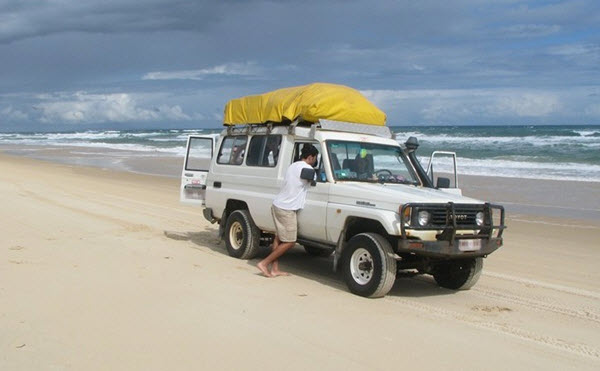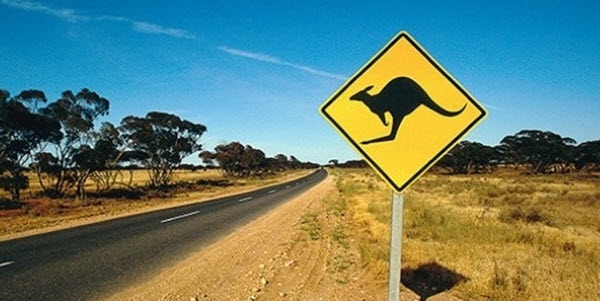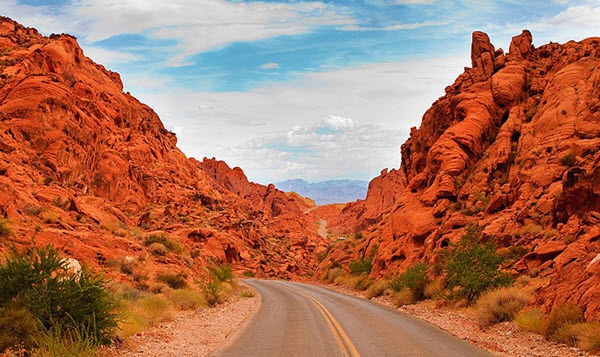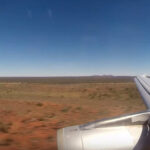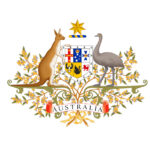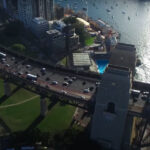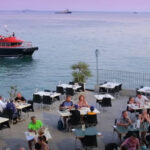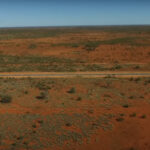Australia is a country that occupies an entire continent with the same name, and several islands that are located in the Pacific and Indian oceans. To get acquainted with it in detail, it is better to choose travel by car. Since Australia is a continental country, a traveler does not need to take out different visas to travel around it far and wide. IN Tasmania, Kangaroo Island and Philip Island can also be reached using road transport. They are transported to the islands by ferry. Australia is difficult to compare with European countries in terms of road quality and distances. The roads here are not always perfect, not all of them are paved. In Australia, traffic is on the left, but cars here are right-hand drive.
About gasoline prices
Car fuel is not cheap, but not as expensive as in European countries. Different states have different gas prices. Also, its cost will depend on the location of the gas station. The closer to the center of the continent, the more expensive gasoline is. In the middle of nowhere, in Outback, where you can find one pump for many kilometers, and gasoline will be the most expensive. Lower prices can be found in eastern Australia, Queensland.
Car rental and purchase
As a rule, cars offered for rental are maintained in good condition. For long trips, it may be worthwhile to buy a used car. In this case, the good condition of the engine, air conditioning system, gearbox and suspension is fundamentally important.
Choosing a car depending on the route
If you are going to travel by carWhen driving on highways, you don’t need an SUV. Choose a car depending on the number of people. Here no one will pay attention to the make of your car, you just need serviceable and convenient equipment. It is best to choose a car based on how much you can save on gasoline and rental fees. The traffic density on Australian roads is low, so it will be more economical to take a car with a manual transmission than an automatic one.
Do I need to take out full car insurance?
Not necessary. Although you are unlikely to be given a car rental without it. You will certainly be offered compulsory minimum insurance, and its cost will be included in the price for renting a car.
Rent terms
You receive the car with a full tank of gasoline, but you must return it with a full tank as well. If not, then for each missing liter your card will be charged $2. The car is rarely checked upon delivery; you simply leave it in a certain place, but you should not play on the trust of the lessor.
And of course, keep in mind that on holidays, holidays and vacations it is worth booking a car in advance, otherwise you will have to rent a car on unfavorable terms or at a very high price.
Traffic regulations and road hazards in Australia
Car traffic on Australian roads has a number of features that you should familiarize yourself with when planning a trip by car:
– it is left-hand drive, with speed regulated by signs on road signs. Outside the city line it is, as a rule, 110 kilometers per hour, in the city - 60. It is acceptable to exceed the speed limit indicated by the sign by no more than 5 kilometers per hour;
– most of the junctions are roundabouts, priority is given to vehicles already moving in a circle;
– unlike domestic rules for intersections formed by roads of equal importance, the default principle is “interference on the left”;
– transport stops, allowing pedestrians to pass not only in places specially marked for crossing, but also in any section of the road not provided for this;
– the use of a sound signal is permitted only in exceptional cases;
– on the roads it is not uncommon to see a road train consisting of more than three cargo trailers. Its normal speed is at least 90 km/h. This must be kept in mind when overtaking and maneuvering.
Police control
Drinking alcohol while driving is limited to ½ liter of beer. Police often set up ambushes to control alcohol consumption or control speed limits in non-specialized vehicles. On roads with little traffic in the central desert part of the country, such surprise patrols practically do not happen. Here drivers greet each other with a raised hand.
Parking rules
Parking a car in a big city at a roadside parking lot will cost 1-2 AUD for a 45-minute stop. Having paid for parking through a machine that serves up to 8 parking spaces, you should place the received receipt with the indicated lot number (which is written on the asphalt surface) in the field of view under the windshield.
The cost of parking per day will be about 40 AUD. Payment is made using tickets issued upon entry, from which the parking machine uses a magnetic stripe to count the time spent in the parking lot and indicate the amount received. It is a common practice for a hotel that is not equipped with parking to offer a discount (up to half the cost) of nearby parking lots. Therefore, it makes sense, when considering parking, to check with the hotel for the availability of such discounts.
Possible road hazards
When planning to travel in the deserted Outback, you must take into account that this is a remote place in which cars are rare, there are no emergency telephones, populated areas are more than 100 kilometers away from each other, gas stations are also very rare, there is no water and it is usually very hot. Therefore, to avoid dangers on Australian roads, you should heed the following tips:
- at high speed (more than 60 km/h) it is only possible to fly into the bush surrounding the road. A kangaroo is a fairly large animal (adult specimens are the size of an average person and move at high speed), which, if it flies into a car that is not equipped with special protection - a “kangaroo”, will certainly damage the radiator and glass. Passengers will probably need medical assistance. Kangaroos at speed, breaking through the glass, often fly straight into the cabin. Therefore, if you cannot avoid driving in the dark, be sure to turn on your high beam headlights and drive at low speed (up to 60 km/h), periodically honking loudly (in this case this is appropriate and necessary).
- Make sure you have enough fuel for the next possible refueling. This is important, since populated areas are very rare, the heat is often unrealistic, reaching 50°C, and there may not be a passing car for hours.
- Provide a supply of drinking water of at least 2 liters for each passenger and 5 liters for filling the radiator (cheaper ones sold in polyethylene canisters will do).
- Check the quality of the tires. If it is in doubt, make sure to replace it. This is important since most of the roads are gravel. A flat tire can be a serious hazard on Australian roads with these distances and blighting heat.
Rest stop
On Australian roads there is a ban on stopping to sleep on the side of the road. Specially equipped sites provide space for vehicles (including trucks), free technical water, firewood and a place for a fire (winters in the southern regions are cold).
Rainy season
This is a particularly challenging time for traveling on Australian roads. It is characterized by sudden strong thunderstorms, heavy downpours around the clock, as a result of which powerful streams of rainwater are formed on the roads, carrying dirt and trunks of fallen trees. To control the depth of such flows, pillars with marks were placed in the lowlands. When the water level allows the car to move, you should evaluate how fast the flow is moving and check for the presence of a covering underneath (it can also be carried away by water). A powerful stream can wash a car off the road surface. During this period, when planning a trip to parks in the north of the country, you need to secure a favorable forecast.
